Problem Statement
The Metabolizer is sort of like an ecological Rube Goldberg machine- it's a chain reaction-type system intentionally designed to perform a simple task in an overly complicated way.
In this case, the simple task is "not throwing our plastic trash in the ocean", and the overly complicated way of doing it is "by designing an artificial metabolic system that can literally eat trash."
Like a Rube Goldberg machine, a big part of the challenge of this project is to see how long you can keep the chain-reaction going for. Unlike a Rube Goldberg machine, the chain reaction is fundamentally reciprocal and solar powered and can generate energy while breaking down and wastes and recycling plastics, for as long as there is trash and sunlight around for it to eat.
How long could a system like that realistically sustain itself? Hours? Days? Months? Years? Centuries? Forever? At what point would you start to consider it to be a single living organism, not just a collection of independent parts?
I don't know the answer to those questions, but those are the questions that motivated me to build this project. The central challenge of the Hackaday Prize is "build the best hardware module or device possible for the boldest solution you can envision." This is the boldest solution I can envision.
Going Live
Here's how it currently works: When sunlight hits the solar panels, it charges up the battery bank inside of the Powerplant, providing the base power that starts the reaction. When the battery fills up, solar power is dumped into a heating element inside of the Biochar Reactor, causing the biomass inside to heat up and reducing it to biochar, generating a thick smoke that is cooled, collected, and refined, before it is pumped into the air intake of a small gasoline generator, which generates 200-900W of DC power, which feeds back to the Power Plant, and is converted into 120V AC which powers the 3/4hp motor attached to the Waste Shredder, which grinds up waste plastic trash into flakes, which are fed into the hopper of the Trash Printer, which extrudes the plastic into light, strong 3D printed objects.
Sorry for the run-on sentence there, complex systems are really hard to describe.
The system operates entirely off the grid, which means that if the battery dies, the whole system dies. The chain reaction stops. The lights go out, your phone stops charging, the counter resets. You have to wait until the sun comes out and try again. It's kinda like a giant trash-eating Tomagachi.
The challenge that fascinates me, and that I hope will be interesting to y'all as well, is to see how long I can keep this system alive, and keep score of how many useful resources I can generate in the process - how many kilowatt hours of sunshine energy I can sink through the system, how many kilograms of carbon I can sink into the soil, how many kilograms of plastic I can forge into something useful.
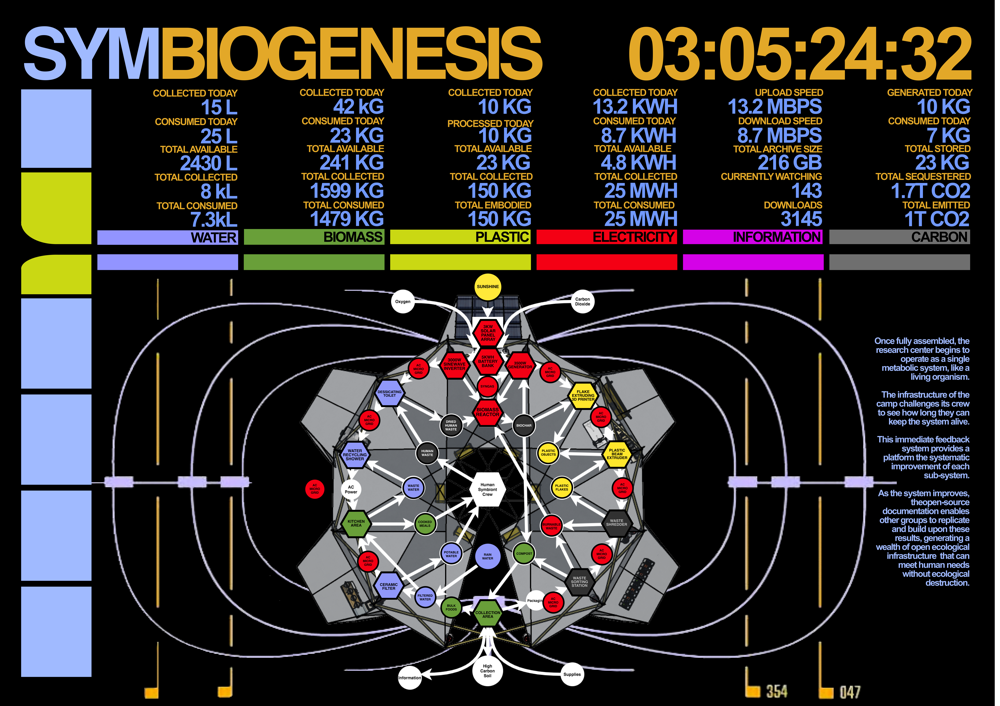
With the current prototype, what I'm calling my Latest Stable Release, my high score is about 4.5 hours. But in that time, was able to turn a handful of old take-out containers into a 3D printed cup, and I generated about 450 watt-hours of energy from trash, and a not-zero amount of biochar, using ONLY a days worth of sun-shine, amazon packaging, and woodchips as the fuel (3.8kWh). I even mixed some the powdered char dust into the trash printer which turned the prints a very nice shade of black.
Not too bad, for a first run ever, all things considered.
You can watch a highly-abridged timelapse of that first run here:
I've come A LONG way over that past 3 years, and in that time the system has gotten significantly cheaper, efficient, and easier to build. But there's still a long way to go before the system is really useful, let alone disruptively useful.
This is my call to all the makers, tinkerers, and mad engineers out there who may be reading this- A very wise friend of...
Read more » Sam Smith
Sam Smith






 [UPDATE 10/21/2021 -After 2018 I started posting my updates on my Patreon page, and so I'm filling in the back-logs for this project retroactively so the whole story is in both places. You can also read all of these posts with their original photo formatting
[UPDATE 10/21/2021 -After 2018 I started posting my updates on my Patreon page, and so I'm filling in the back-logs for this project retroactively so the whole story is in both places. You can also read all of these posts with their original photo formatting 





 [UPDATE 10/21/2021 -After 2018 I started posting my updates on my Patreon page, and so I'm filling in the back-logs for this project retroactively so the whole story is in both places. You can also read all of these posts with their original photo formatting
[UPDATE 10/21/2021 -After 2018 I started posting my updates on my Patreon page, and so I'm filling in the back-logs for this project retroactively so the whole story is in both places. You can also read all of these posts with their original photo formatting 




 [UPDATE 10/21/2021 -After 2018 I started posting my updates on my Patreon page, and so I'm filling in the back-logs for this project retroactively so the whole story is in both places. You can also read all of these posts with their original photo formatting
[UPDATE 10/21/2021 -After 2018 I started posting my updates on my Patreon page, and so I'm filling in the back-logs for this project retroactively so the whole story is in both places. You can also read all of these posts with their original photo formatting 

















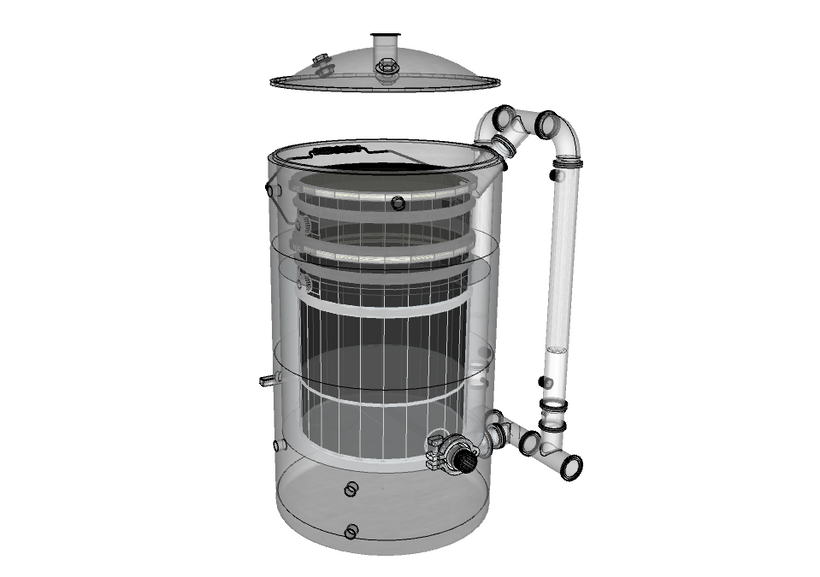
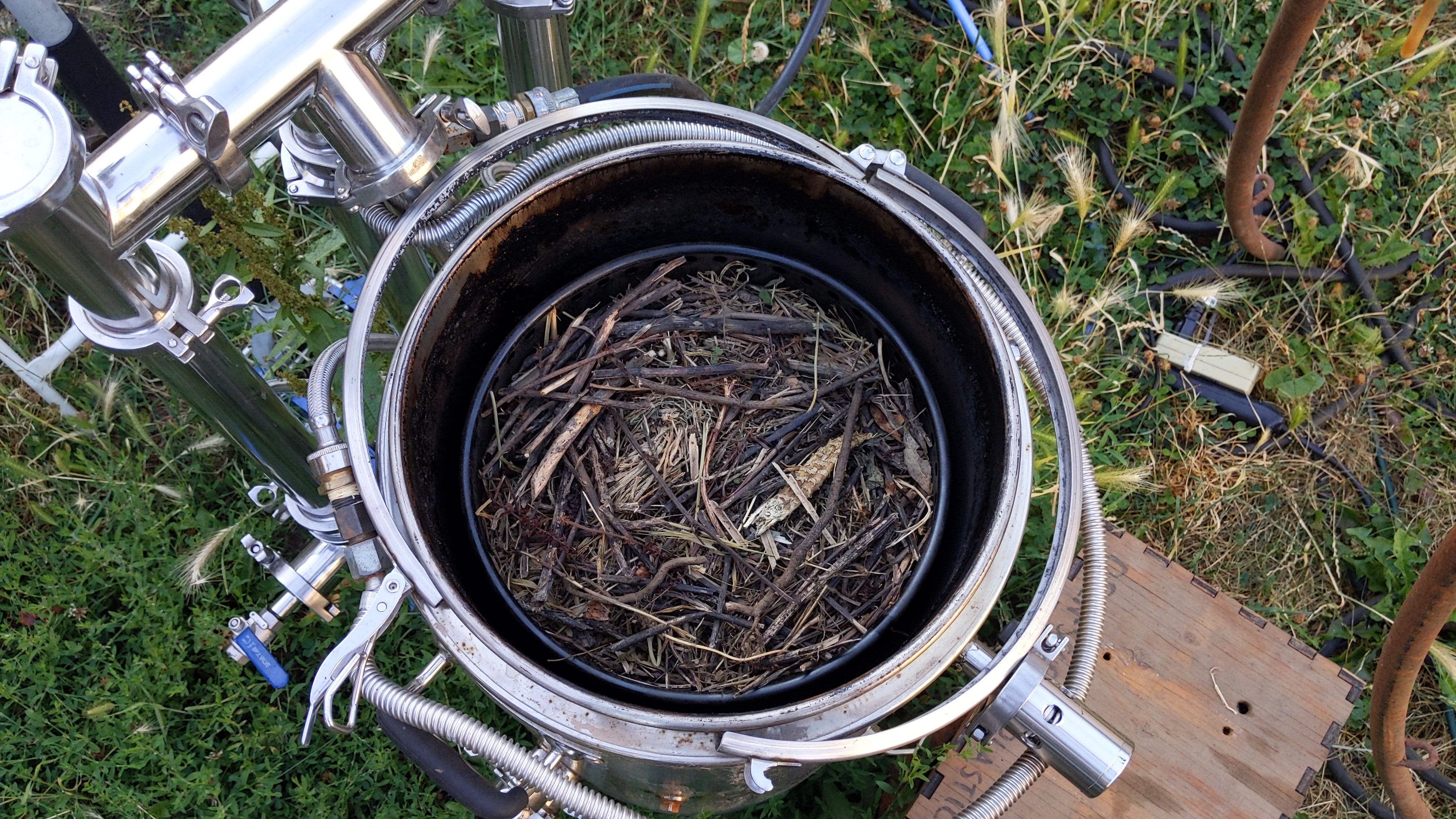
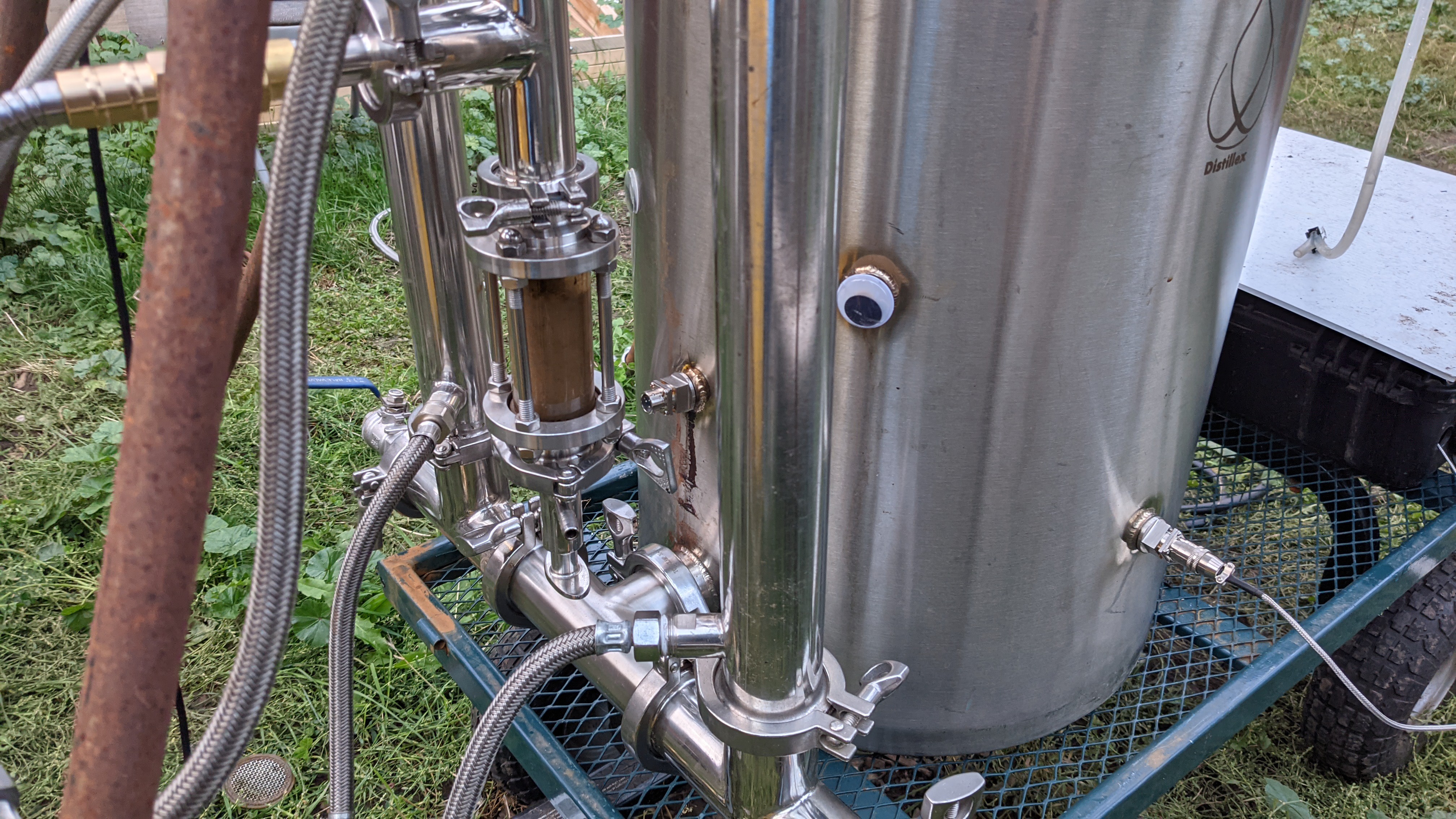
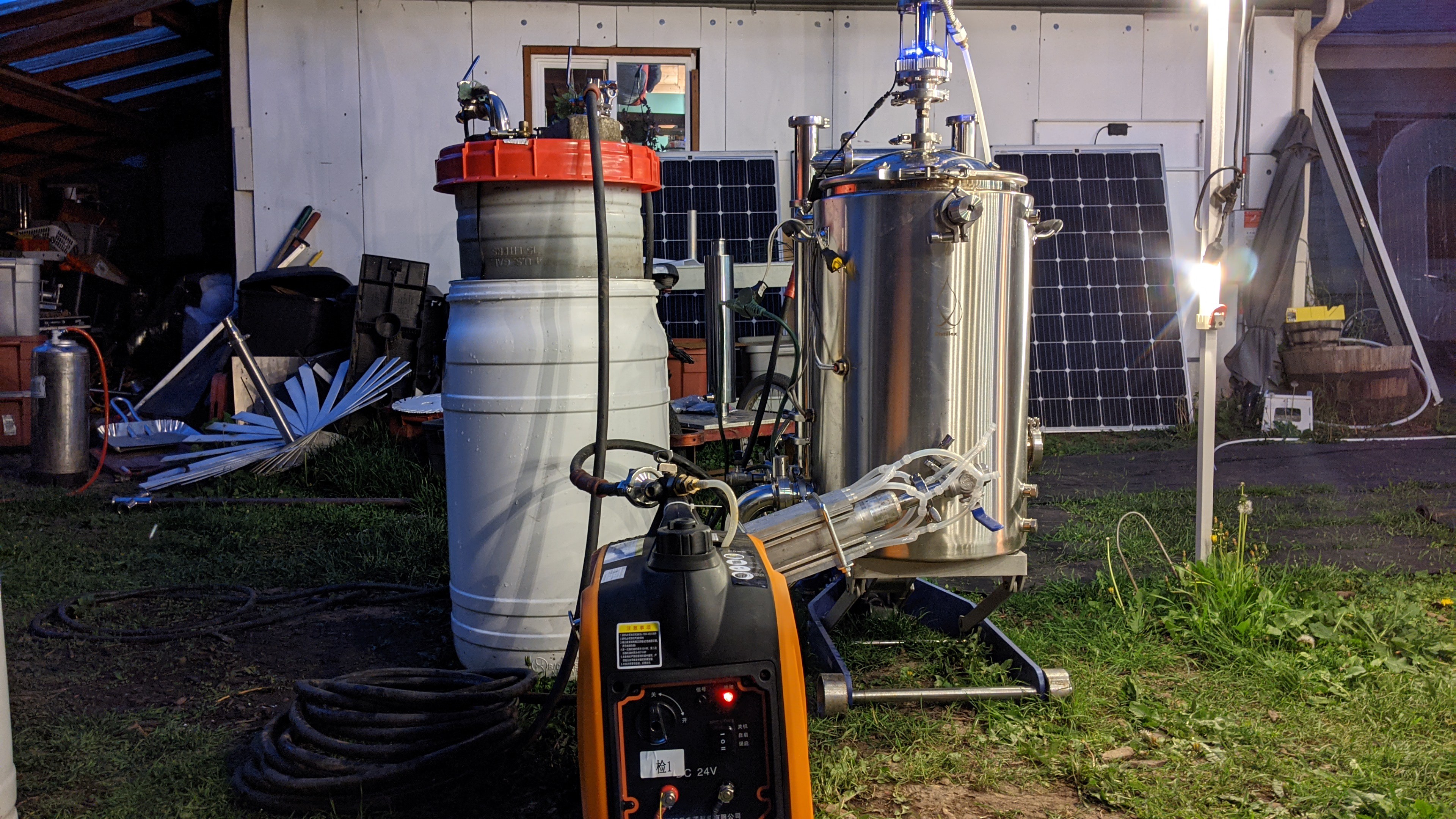
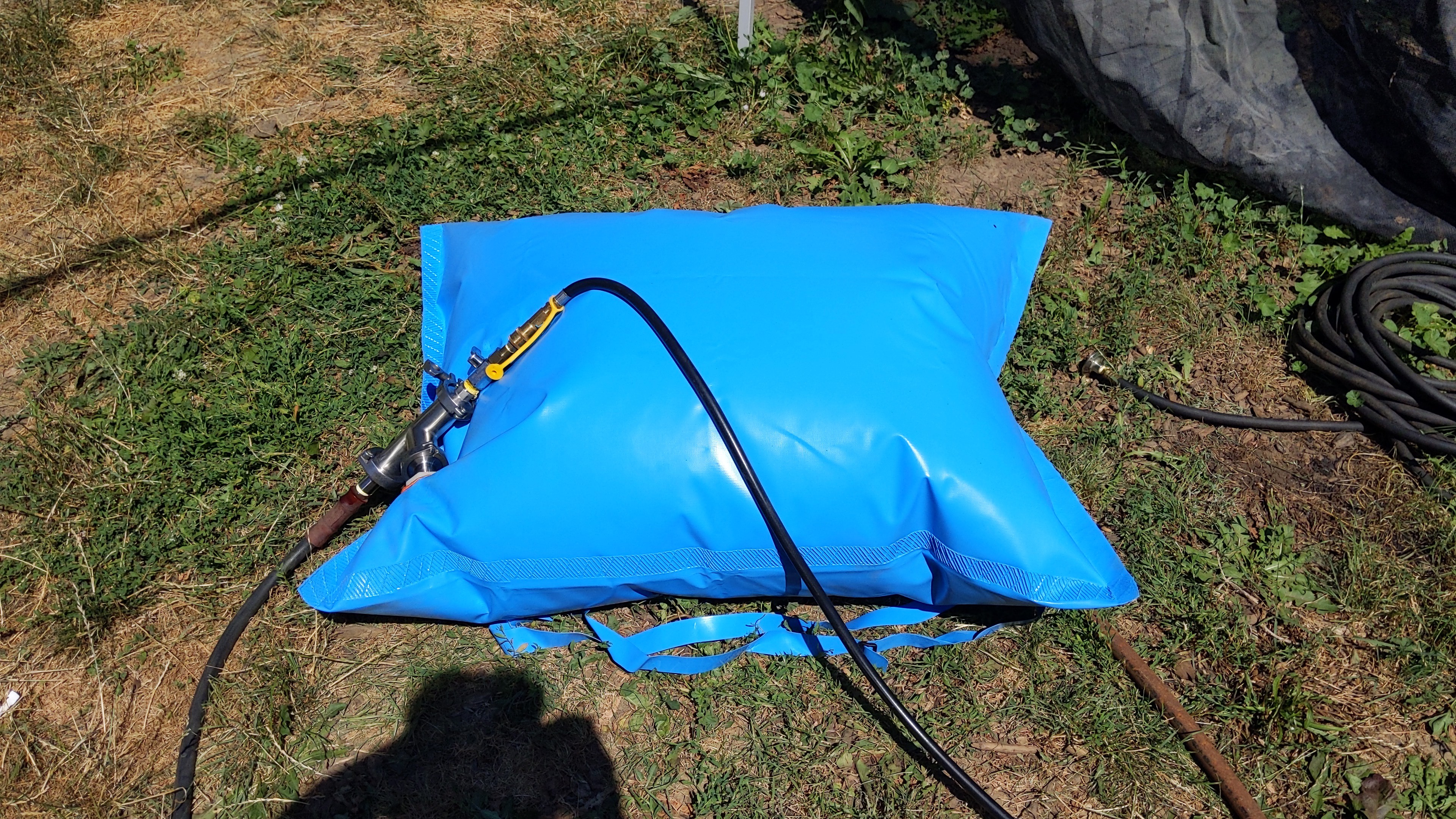
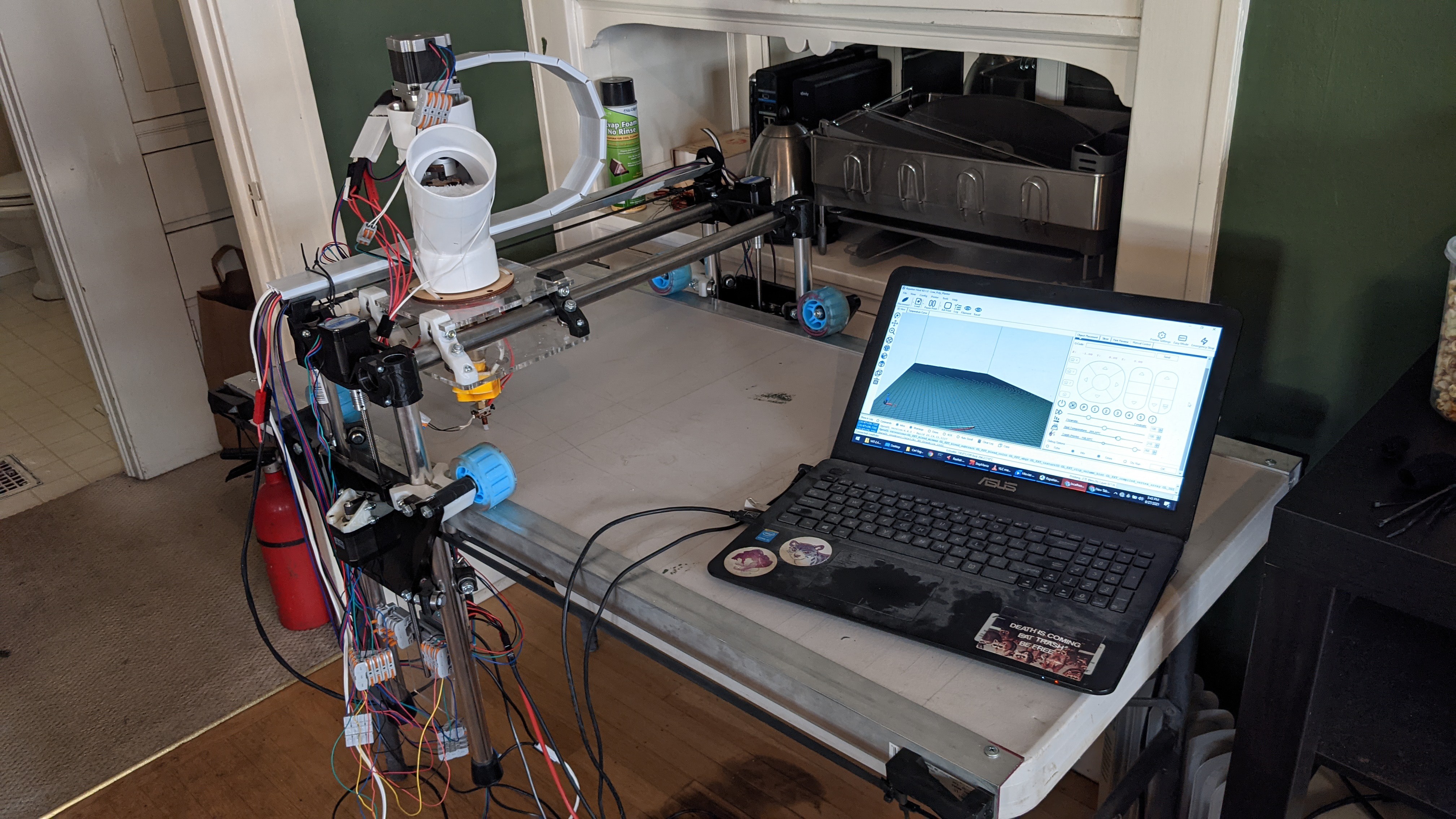
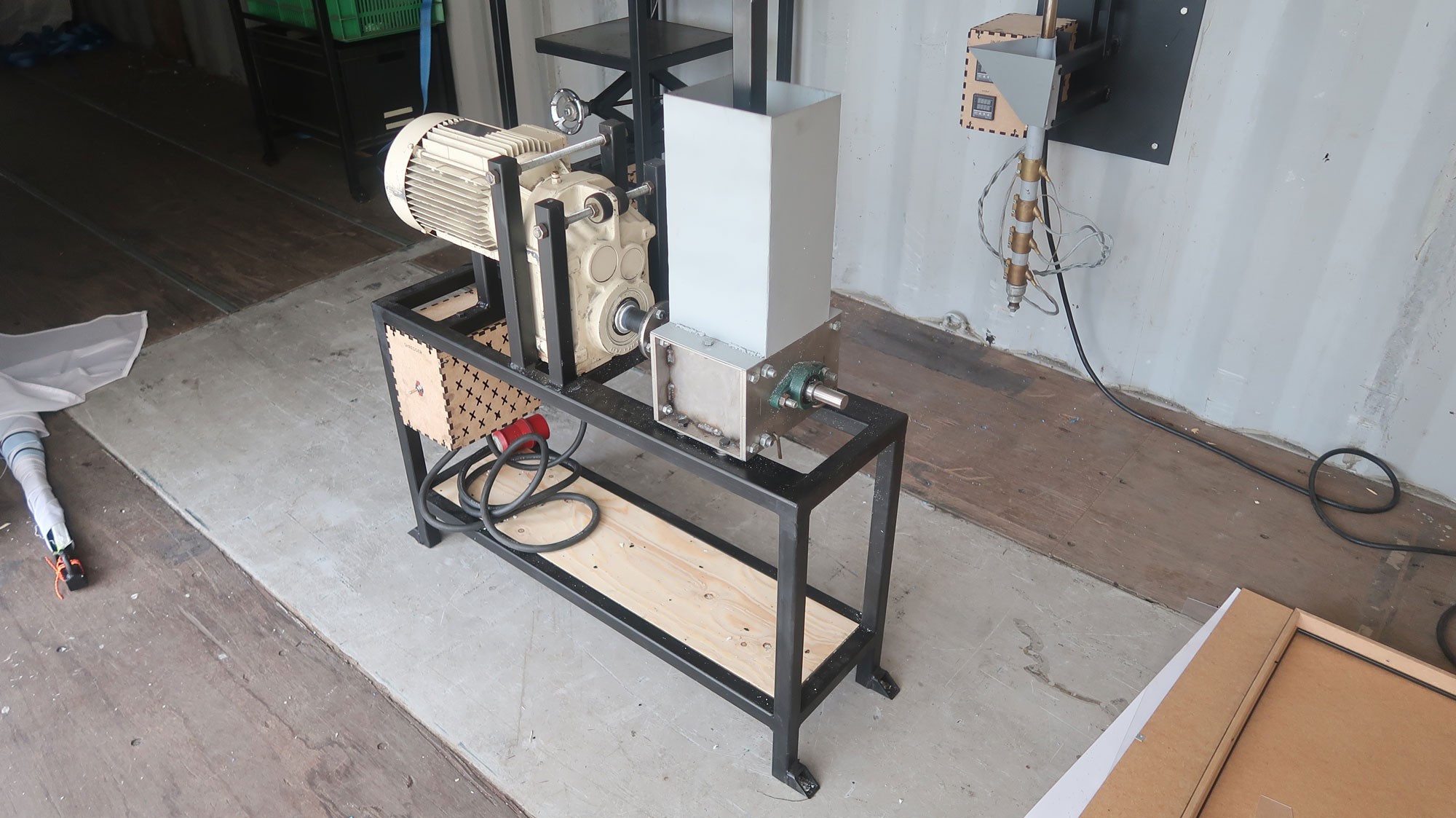




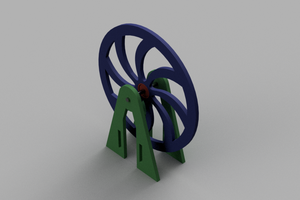
 Jarrett
Jarrett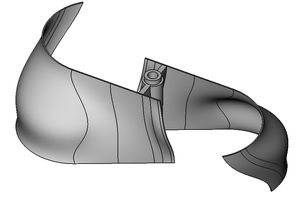
 MW Motors
MW Motors
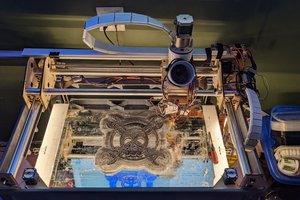
Hey there. Is the project halted? I'd love to see some updates and upgrades :)